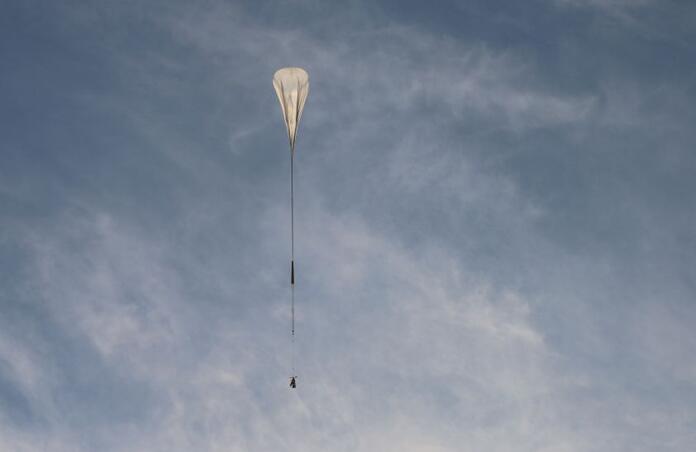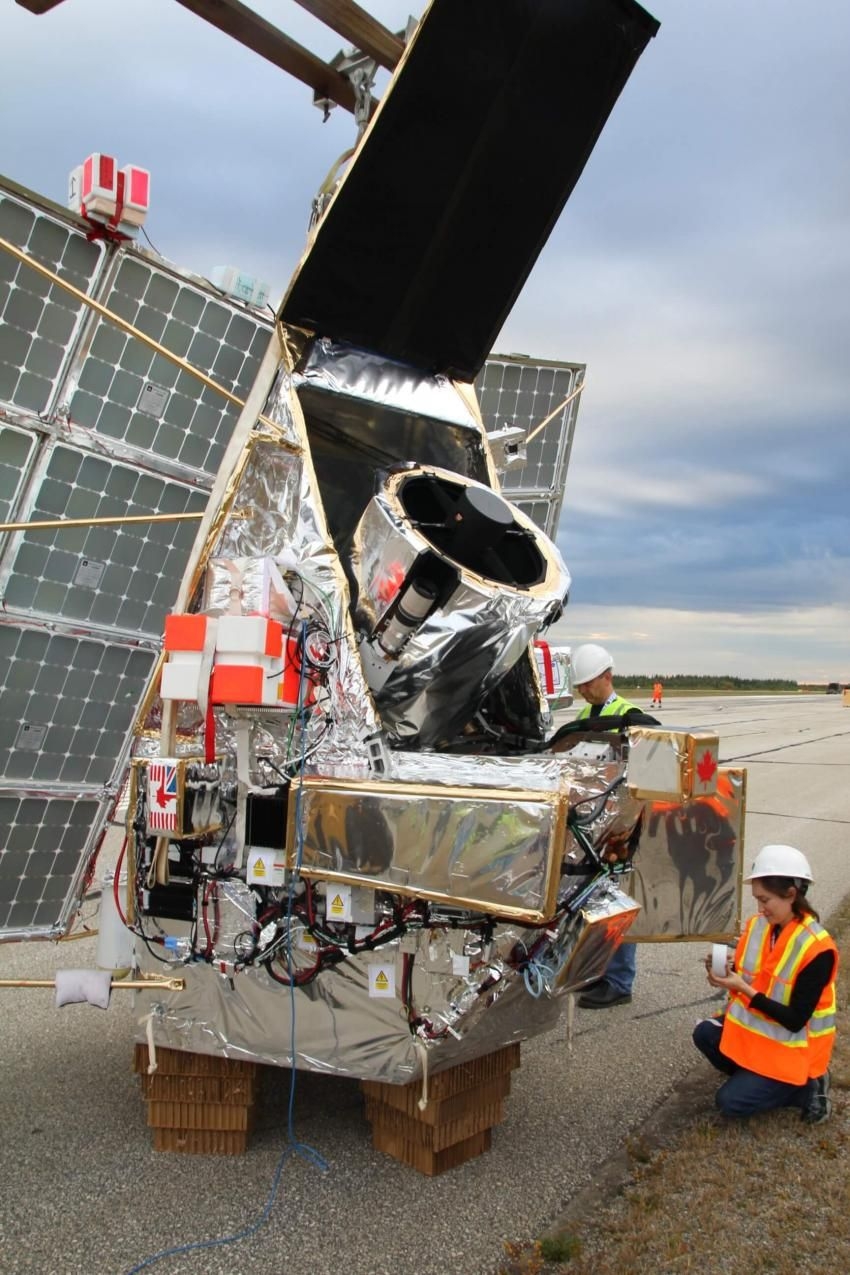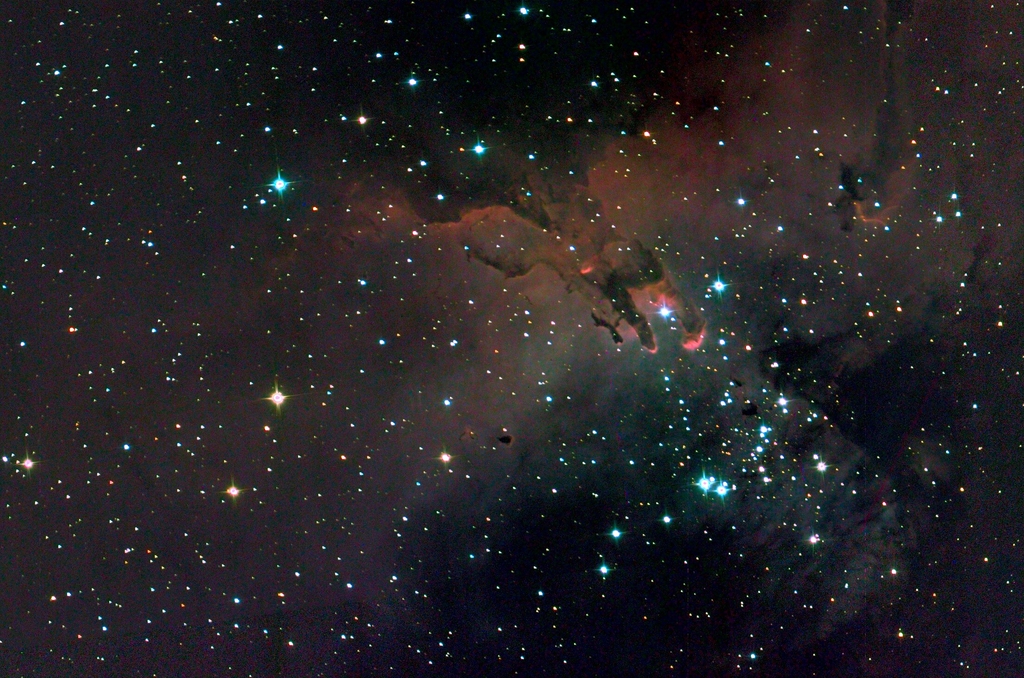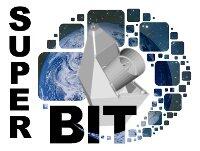SuperBIT - the next generation of space telescopes ?

SuperBit, a football stadium-sized balloon carrying telescopes, could well be the Hubble Space Telescope biggest rival.
You might remember from a previous article about the future of satellites that an important hurdle in sending them to space is the cost, and the same problem of course applies for space telescopes. Yet because of the way the Earth’s atmosphere absorbs light at certain wavelengths, it is necessary to have such space-based telescopes to study our Universe. A team of researchers from Durham, Toronto, and Princeton Universities came up with a creative solution to this issue: a balloon. Much like weather balloons, the Superpressure Balloon-born Imaging telescope (SuperBIT) gets filled with Helium gas, yet its load is a very different kind of scientific instrument: a telescope with an aperture of 0.5 meters.

One could question whether a balloon can reach outer space – note that the Kármán line which defines the boundary between the atmosphere and space is located at an altitude of 100 kilometres (62 miles). Richard Branson’s high-altitude flight on Sunday the 11th July made him reach 88.5km (55 miles), while Jeff Bezos went over the 100km limit by reaching 107km (66.5 miles) on the 20th July. Back to our balloons, SuperBIT can go up to an altitude of 40km (25 miles), which actually is high enough to avoid 99.5% of the atmosphere. This means that the transported telescope can achieve images of roughly the same quality as the Hubble Space Telescope’s.

A normal balloon like the ones used for weather probes may also reach this altitude, at which it disintegrates because of the diminishing pressure that leads the balloon to expand. This won’t be immediately the case with SuperBIT, since as the name indicates, the Helium fuel in the 532 000 cubic meters volume will be “superpressured”, so that it gets released over the course of a few months. This has another advantage: the telescope’s technologies can be swapped out for the most recent ones quickly, unlike for, e.g., the HST and its 1980s hardware.

While this may sound like a lot of resources used for rather short missions, the overall environmental cost is much lower than for traditional space satellite launches, since the balloon doesn’t rely on rocket fuel. As well, the telescope can be equipped with parachutes to retrieve the instruments once the balloon runs out of Helium, again this is done with weather balloons already. Like typical satellites, the telescope will be powered by solar panels, recharging its batteries during the day and observing at night as the balloon orbits the Earth, and the telescope technology in general is the same. Added to that, the cost of one SuperBIT mission from construction to operation is 1000 times lower than for building and launching the same satellite with a rocket, at $5 million (£3.6 million). Upcoming tests will attempt to lift 1.5m and then 2m aperture telescopes, the latter being very close to Hubble’s 2.4m.
A balloon carrying telescopes as an innovative and environmentally-friendly solution to the problem of atmospheric turbulence for astronomical imaging - tests are still underway, and SuperBIT's first operational flight should launch from Wanaka, New Zealand in April 2022.
Cover Image: SuperrBIT test in 2016, R. Massey / Durham University
Image Credits:
1 - Telescope getting ready for launch in 2019, S. Benton / Princeton University
2 - Pillars of Creation, SuperBIT team / Romualdez et al. (2018)
3 - Logo, NASA / JPL-Caltech
